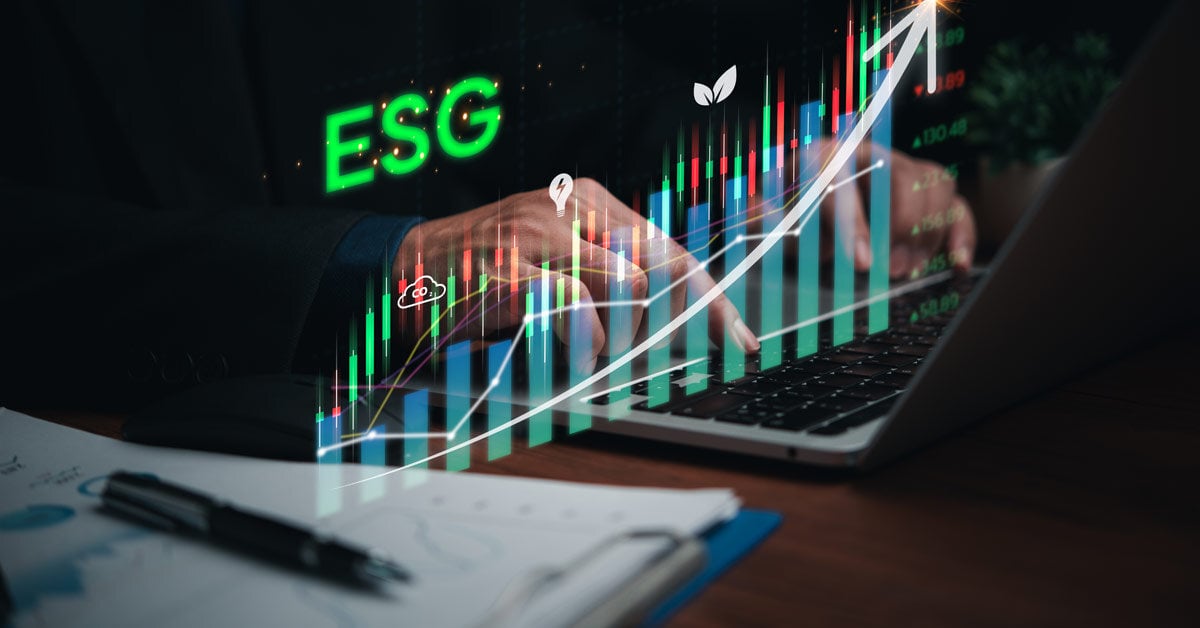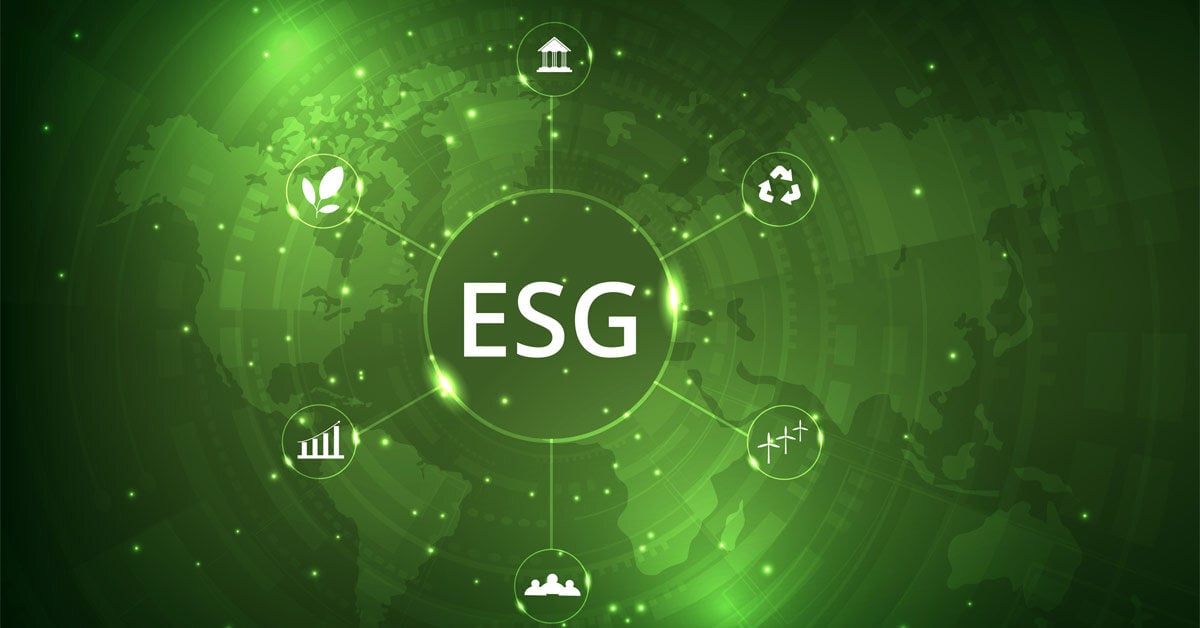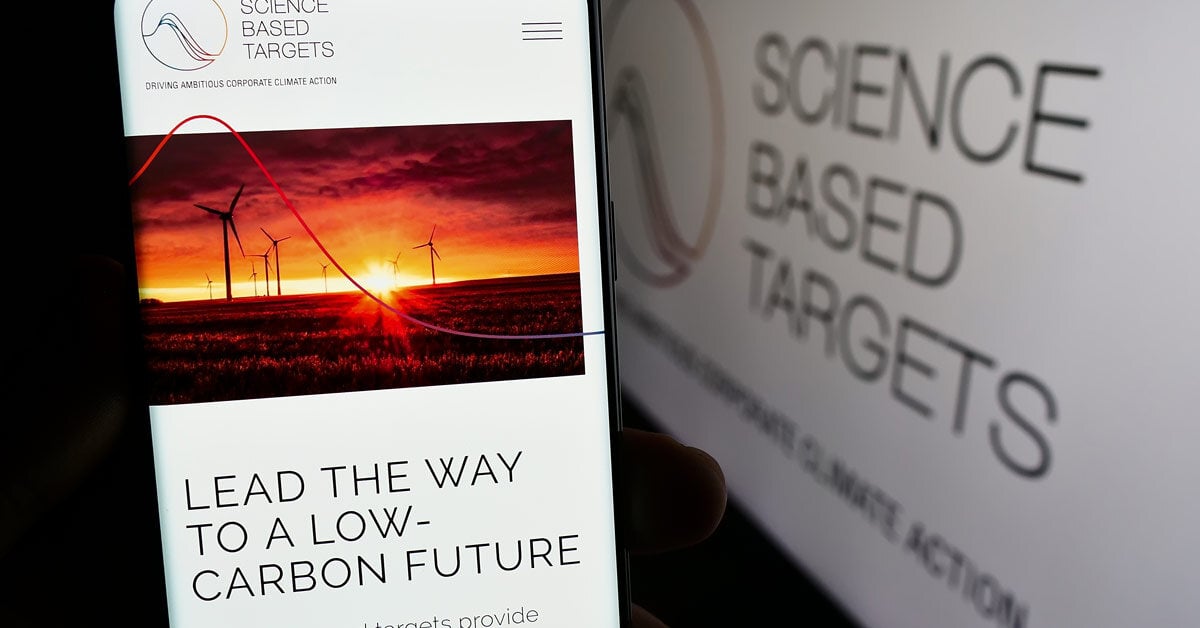
We all know how quickly the global business landscape is shifting to Environmental, Social, and Governance (ESG) compliance. Even though it’s often folded into the ever-growing list of corporate buzzwords, it’s far more than that. ESG has become central to sustainable growth and brand value and has influenced investor decisions.
The call to action is universal for businesses across all industries—comply or be left behind.
With this increasing focus on ESG reporting comes much more scrutiny and demands for compliance. The question isn't -if- you should start your ESG compliance plan. It's not even about -when- you should start; the time is right now.
To help get you moving, we’ve laid out five essential steps for companies to lay the groundwork for robust ESG strategies.
Step 1: Assess Your Current ESG Status
Any solid ESG compliance journey starts with an honest and comprehensive assessment of your current performance.
Appraise your business operations through the lens of ESG. At this point, your goal is to uncover strengths to build upon and weaknesses to address head-on.
Document Compliance Requirements
You will need all necessary regulatory frameworks and industry standards relevant to your business. This will serve as a benchmark to measure your current performance and discover improvements needed to achieve objectives.
Drill Down by Departments
Each department may contribute differently to ESG performance based on size, scope, and job roles. If your company has department heads or managers, each one should collect pertinent data relating to environmental impact, employee welfare, and governance practices.
This cross-departmental approach ensures a more comprehensive understanding of where your business stands in the ESG spectrum.
Sample ESG Considerations
- Environmental: Energy consumption, carbon emissions, waste management
- Social: Employee diversity, health and safety, community relations
- Governance: Board composition, executive compensation, anti-corruption policies
Step 2: Set Your ESG Objectives with Measurable KPIs
After identifying the areas that need ESG improvement, the next step is setting clear and achievable objectives. Key Performance Indicators (KPIs) used at this stage must allow for precise measurement of progress.
Realistic and Aligned Goals
ESG compliance is a marathon, not a sprint. Set objectives that align with your business's growth trajectory. Keep the pace at a level where sustainable changes can be effectively incorporated.
Building a Balanced Scorecard
Establish a balanced scorecard that covers the full scope of ESG goals. Each KPI should be aligned with two main elements:
- The sustainable development of your business
- Improving the community and environment (especially where your business operates)
Examples of ESG Goals
- Reduce carbon emissions by 20% by 2025
- Increase the number of women in leadership roles by 15% in two years
- Ensure at least 70% of procurement procedures align with ethical sourcing standards
Step 3: Develop a Usable, Workable ESG Plan
Implementing an ESG plan using well-defined KPIs is your pathway to achievable compliance. Develop a strategy that reflects your commitment to ESG goals while affirming your core business mission.
Drafting Your ESG Plan
Your ESG plan should outline the actionable steps, timelines, and resources required to achieve your objectives. Divide larger sustainability milestones to maintain focus and track progress effectively.
Engage Stakeholders
Engaging relevant stakeholders across levels is pivotal in your plan. Whether it's your workforce, investors, or consumers, their involvement in the planning process ensures that expectations are clear. Their feedback can also be directly integrated into the strategy.
Small Business Example
For a small trucking company, an actionable ESG plan might encompass these changes:
- Investing in hybrid trucks to reduce carbon emissions
- Implementing driver wellness programs
- Ensuring supply chains adhere to fair labor practices
- Committing to transparent governance through audits and reporting
Step 4: Measure, Respond, Rinse and Repeat
Execution is only the initial phase of the plan. Continuous monitoring and adaptation are integral to ESG compliance.
Regularly measure and analyze your KPIs. Your business must remain prepared to respond with a recalibration of strategies as you discover areas that need further attention.
Data-Driven Decision Making
Use real-time and historical data to evaluate the effectiveness of your ESG initiatives. This data will serve as the basis for informed decision-making on organizational changes required to improve performance in ESG areas.
Flexibility in ESG Strategies
The ESG landscape is dynamic as new regulations and best practices continually emerge. Adaptability is key here. Your goals must be flexible to remain compliant and aligned with current and future sustainable business practices.
Evaluating and Adapting Goals
Periodically review the achievability and relevance of your ESG objectives. As your business grows and changes, it's essential that your ESG goals remain attuned to the company's needs and responsibilities.
Step 5: Get the Help and Support You Need Along the Way
Navigating the intricate ESG terrain can be daunting, especially for organizations without dedicated sustainability resources. Partnering with experienced firms can accelerate your ESG compliance while providing valuable insights and strategies.
Intelligence agencies like ResourceWise that specialize in ESG and decarbonization offer guidance and data to help your business draft and execute a successful ESG plan.
To further your understanding and take actionable steps towards ESG compliance, explore our comprehensive A to Z Guide: ESG Reporting Landscape. The guide covers key ESG reporting standards and methodologies. It also offers practical tips to streamline the reporting process.
ResourceWise's deep domain expertise in low-carbon fuels, feedstocks, and decarbonization makes us an excellent partner in your ESG compliance efforts. Our guide is a solid starting point and reference for companies at any stage of the ESG process.
Take the first step toward ESG excellence with ResourceWise. Our guide will help you understand the ESG factors that matter most, tailor your disclosures, and leverage the power of ESG for a competitive edge.




